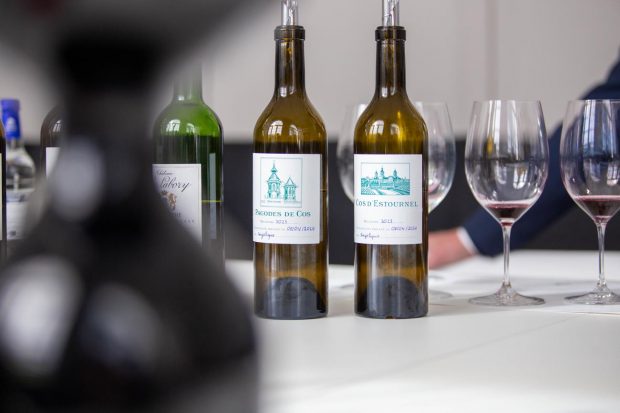A slow start
In most regions, winter was marked by low temperatures and low rainfall. Eduardo Félix is an agricultural engineer and technical advisor at Instituto Nacional de Vitivinicultura – Vinos del Uruguay (INAVI). He said that ‘spring compensated sufficiently for excellent budding. The lack of rain during blossoming was helpful for the developing bunches and ensured healthy foliage. The beginning of summer was cool and ripening was slow.’
‘Other than Albariño and Pinot Noir, grapes ripened very slowly,’ said winemaker Santiago Deicas of Bodega Familia Deicas, which owns vineyards across Uruguay. As a result, ‘we’re seeing lower alcohol levels and excellent natural freshness across the country.’
February heatwave
Globally, 2024 was the hottest February on record and a week-long heatwave saw temperatures rise well above 35 degrees in Uruguay. Some vines went into hydric stress, particularly in the eastern regions where soils tend to be stonier, retaining less water. Oceanic influence helped to mitigate the heat, but, as in 2023, irrigation was beneficial in some areas.
Record rains, lower yields for Tannat
After the February heatwave, producers were relieved by the slow pace of ripening – until an average of 350mm of rain fell in a single week in March, causing floods in some parts of the country.
Regions that harvested before the March rain were able to achieve ideal ripeness and excellent quality for Uruguay’s flagship variety, Tannat. Those who harvested after the rain saw mixed results. Eduardo Boido of Bodega Bouza said, ‘In Pan de Azúcar (in Maldonado) where the soils are stony and permeable, we were able to harvest without any trouble. But in the south, especially Las Violetas (in Canelones), the rain was more intense and the clay soils meant that the last Tannats suffered quite a lot.’ Any fruit still left on the vine had to be written off.
In the Rivera region in Uruguay’s north, the spring rains were preceded by a wetter-than-usual winter, with 400mm of rain falling each month from September to December 2023. ‘Typically we only get about 1000mm annually’, said Francisco Carrau of Bodega Cerro Chapeu, the only commercial winery in the Rivera sub-region of Cerro Chapeu. Tannat yields were heavily impacted: ‘We harvested 40% less than usual,’ he said.
Quality whites and Pinot Noirs
There was a silver lining to lower yields in the north. ’Less fruit meant we could harvest everything more quickly, before the March rains. Thankfully, summer was dry and we saw excellent fruit quality, particularly for white varieties,’ said Carrau.
Deicas agrees that white wines will be worth looking out for, together with Pinot Noirs. ‘Albariño continues to impress, regardless of the harvest, and we picked Chardonnay and Pinot Noir a long time before the rain. Quality was locked in during the cool January, when the fruit was ripening,’ he said.
In Colonia, Uruguay’s westernmost region, harvest was also completed before the rains arrived. Rodolfo Bartora of Los Cerros de San Juan was pleased with the Riesling, Gewürztraminer, Chardonnay and Sauvignon Blanc. Of the red varieties, he believes Pinot Noir, Merlot, Cabernet Franc and Tannat have achieved the best balance.
Uruguay has experienced a series of challenging vintages recently, but no two are the same. For many Uruguayan producers, navigating the 2024 vintage felt like steering a ship through rough seas, but – particularly for the white varieties – eventually finding safe harbour.





